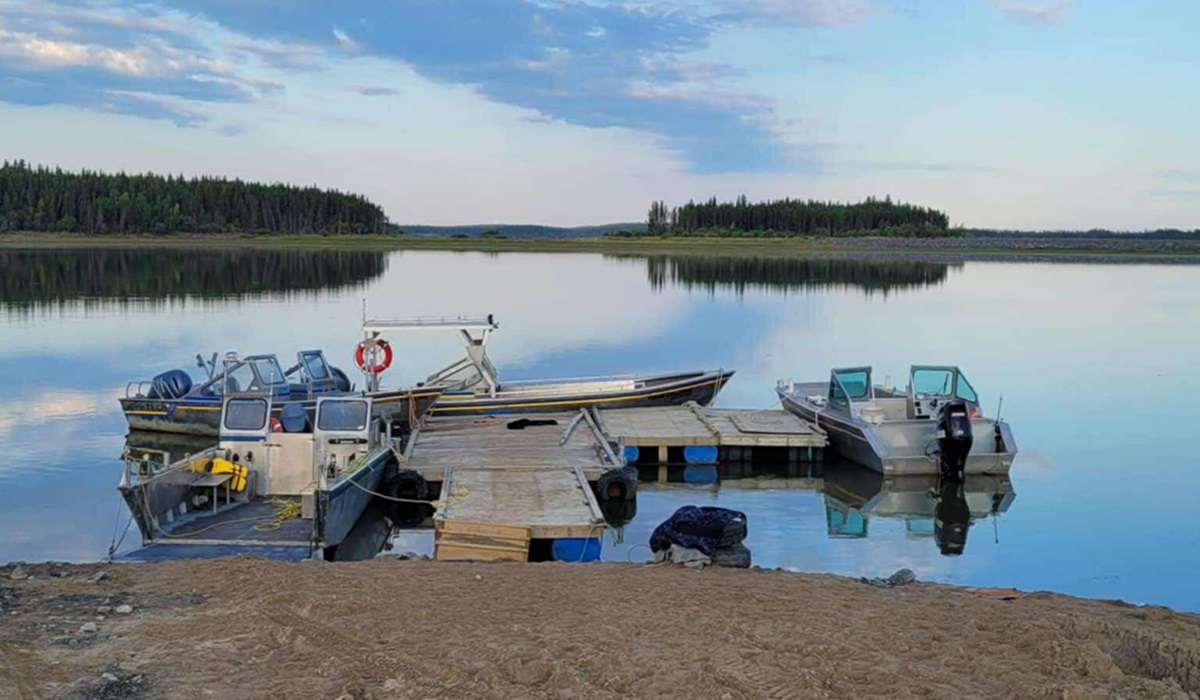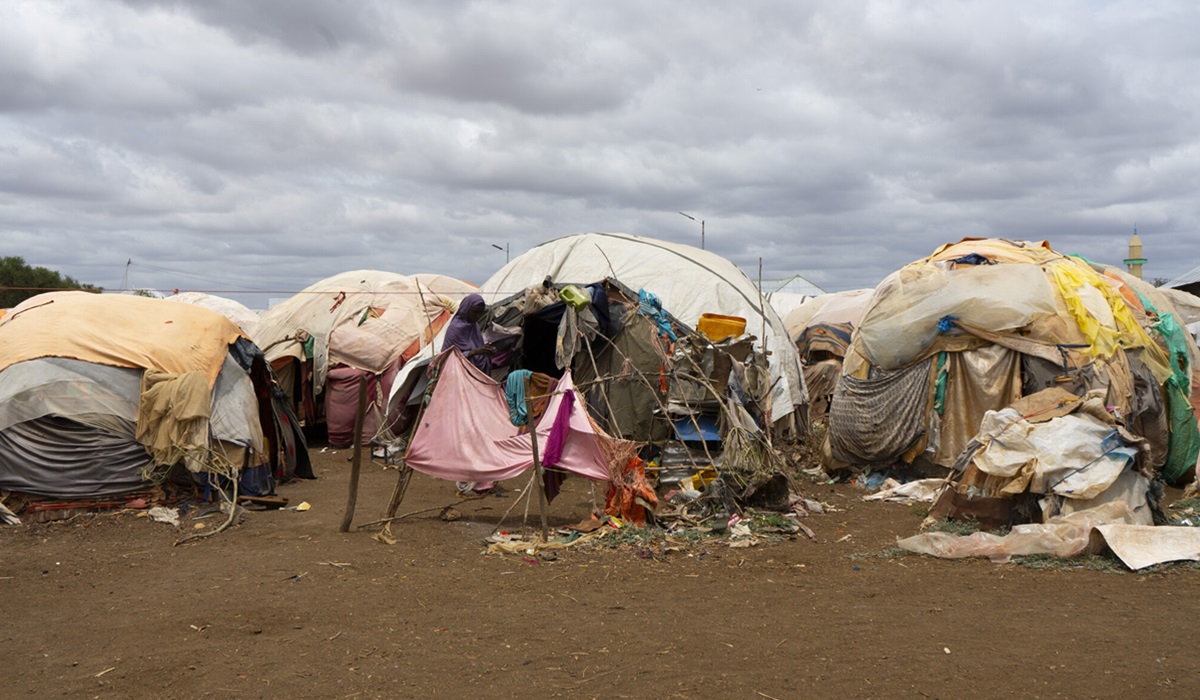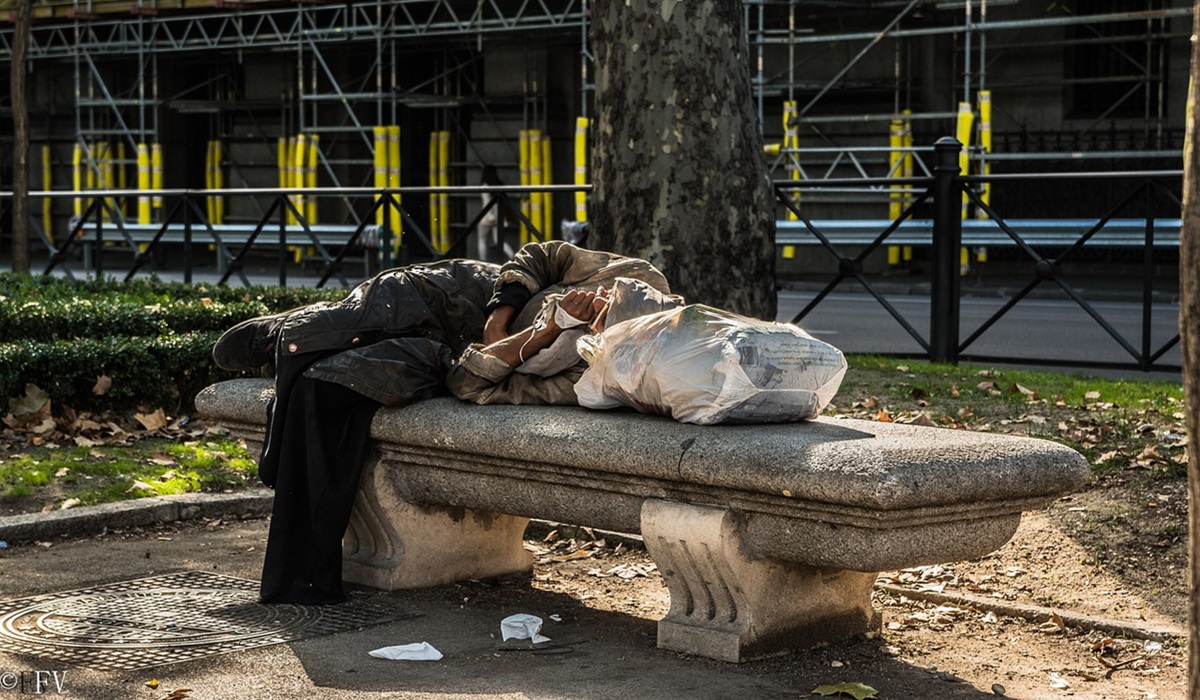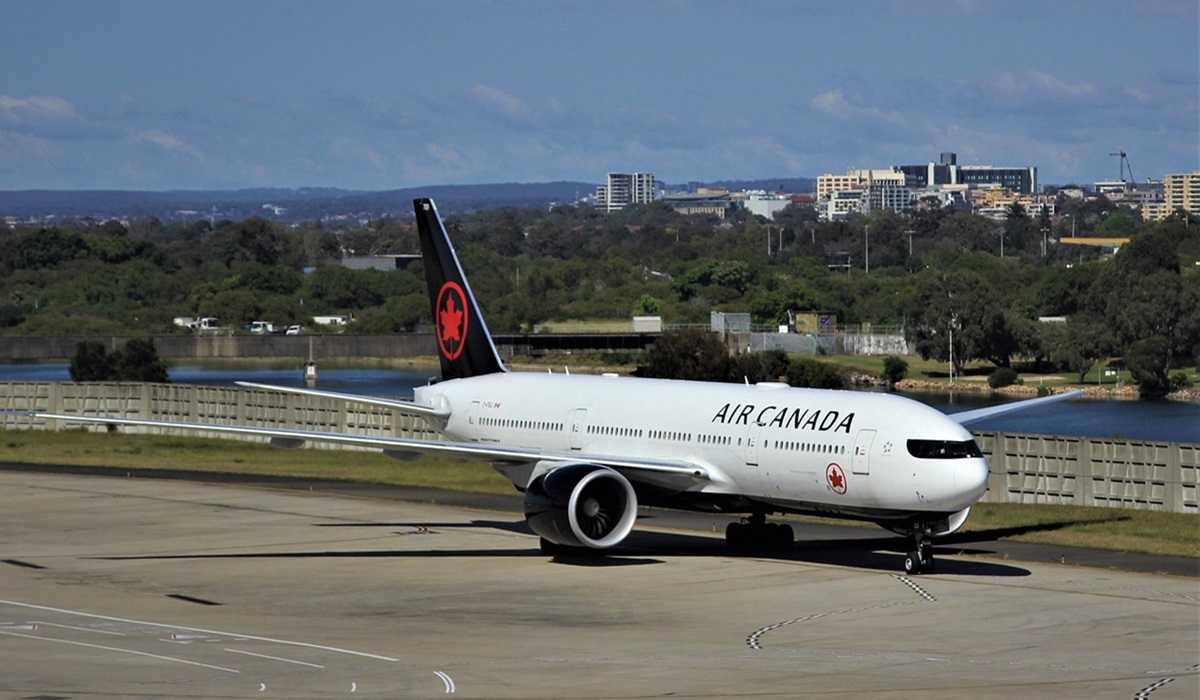Myanmar Earthquake Death Toll Soars Past 1,000 as Fears Mount It Will Climb Over 10,000
- TDS News
- Breaking News
- March 29, 2025
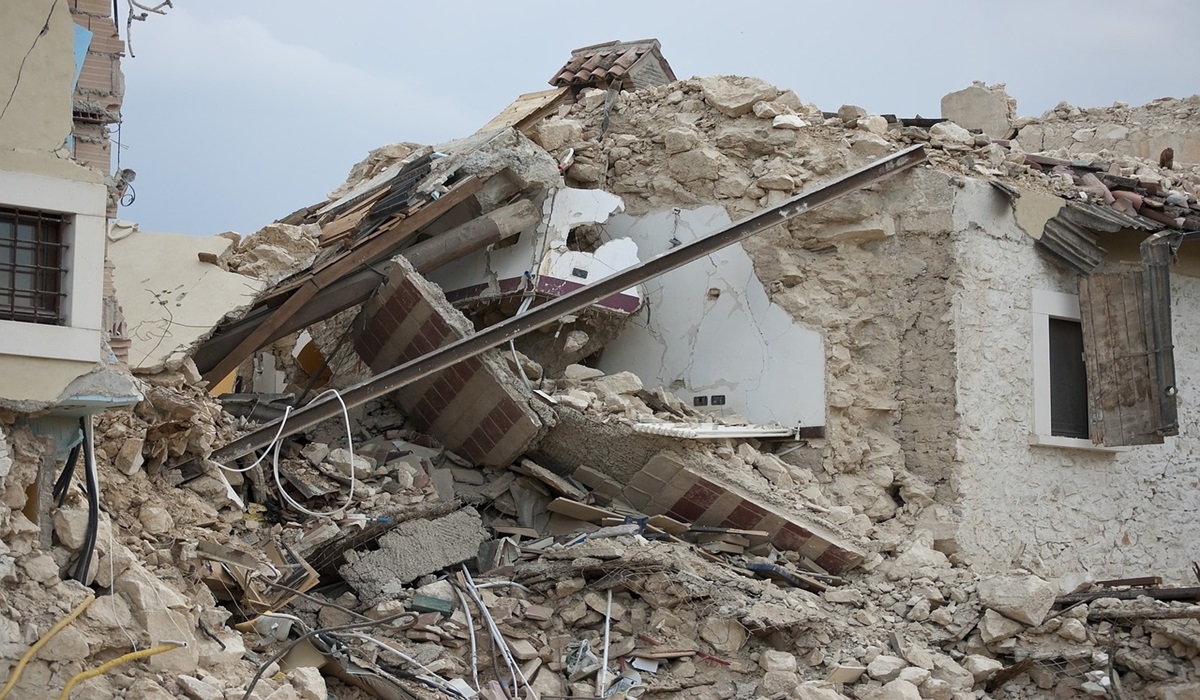
Image Credit, Angelo Giordano
March 29, 2025 — The death toll from the massive 7.8-magnitude earthquake that struck Myanmar has surged past 1,000, with emergency officials warning that the true number of lives lost could eclipse 10,000 as frantic international rescue efforts intensify. The seismic shock, one of the most devastating to hit the region in decades, has reduced entire city blocks to dust, and left a trail of destruction that spans across Myanmar’s heartland and into neighboring Thailand, where workers remain buried under rubble in Bangkok.
Rescue teams are operating in a state of chaos and desperation. Buildings in Mandalay, Naypyidaw, and dozens of towns and villages across central Myanmar are either flattened or structurally unsound. Roads are fractured beyond repair. Communications are severed. Hospitals are overwhelmed. Survivors claw through the wreckage with bare hands, their faces caked in dust, their cries echoing through a landscape twisted by nature’s fury.
The devastation is total. Skyscrapers have crumbled like paper, bridges have collapsed into muddy rivers, and once-thriving marketplaces are now mass graves. Drone footage from aid agencies shows kilometers of utter ruin—black smoke rising from fires sparked by ruptured gas lines, entire neighborhoods razed to skeletal remains, and makeshift triage centers crowded with the wounded and dying.
In Bangkok, where the shockwaves toppled several industrial buildings and office towers, Thai emergency services are racing against time to free trapped workers. Many were inside aging factory buildings when the quake struck just before dawn. Rescue dogs and thermal imaging are being used to detect life beneath the debris, but officials are bracing for grim outcomes. “Every minute counts,” said one Thai rescue commander. “But the rubble is deep, unstable, and unforgiving.”
International aid has begun pouring in, but it is far from sufficient. Emergency crews from China, Tailand, Japan, India, the United States, and the European Union are being deployed alongside Myanmar’s overstretched local responders. Supplies of clean water, fuel, and food are running dangerously low, and the logistical nightmare of reaching the most remote areas has crippled initial relief efforts. “There are entire towns we have not even heard from since the quake,” one UN disaster official stated. “The silence is terrifying.”
Compounding the horror is the looming threat of aftershocks. Seismologists warn that more tremors are almost certain in the coming days, and that the already-unstable ruins could collapse further, endangering both survivors and rescuers. Panic is spreading among the population, many of whom are sleeping in the open or fleeing the cities altogether. “We are scared to go back inside. Any building could fall at any moment,” said one survivor in Yangon.
Myanmar’s military-led government has declared a state of national emergency and called for urgent global assistance. But political tensions and a fragile infrastructure have stymied the speed of coordination, leading to delays and confusion at a time when every second matters.
Economic losses are already being pegged in the tens of billions of dollars. Key trade hubs have been obliterated, energy pipelines disrupted, and entire industries halted. The long-term damage to the country’s development may be incalculable. But the greater tragedy is the human toll — a tragedy still unfolding, with bodies yet to be pulled from the wreckage and thousands of families waiting for news that may never come.
This is not just a crisis. It is a national trauma on a scale Myanmar has never seen before. And with every hour that passes, hope for the missing begins to fade into the dust of collapsed cities.

